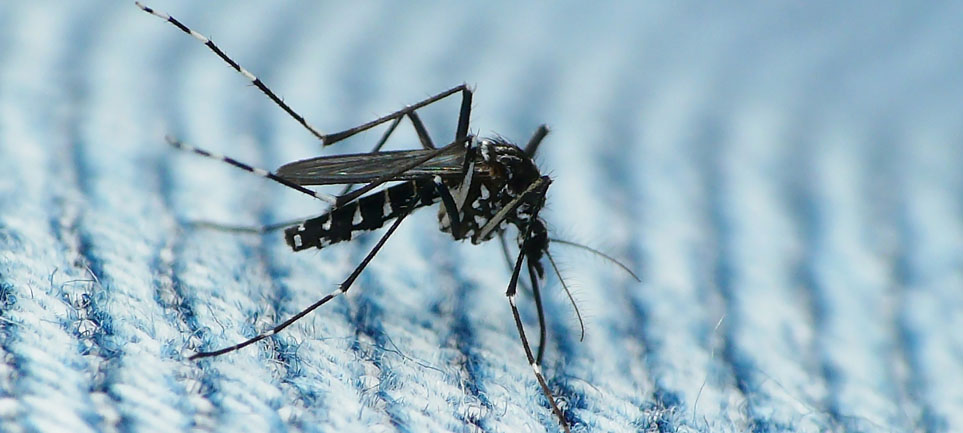As part of an effort to combat mold in the dorms, air blasts from industrial fans in the stairwells of Smithdeal Hall, located in Allen Village (formerly Village II).
Before Hurricane Florence, some students evacuated, not knowing what kind of damages would occur. Although the hurricane luckily did not hugely impact Hampton Roads, some students returned to the dormitories only to find a different problem: mold on the walls, floors and beds.
Kaitlyn Wallace, a transfer junior living at Smithdeal Hall, saw mold growing underneath her mattress.
“I left for the hurricane that was coming, and then when I came back, the board underneath my mattress was really, really moldy. Even my sheets were damp,” Wallace said.
Emma Donovan, a freshman also living in Smithdeal, experienced the same problem.
“After the hurricane, I came back that Sunday, and some of the girls were standing in the hallway, looking at the walls and they were like, ‘Do you see all the spots?’” Donovan said. “You could obviously tell it’s mold and not mildew.”
Jason Seward, the Assistant Vice President for Student Affairs, released a statement via email saying that mold is one of many challenges associated with living in a coastal climate. “While familiar to those who call the Virginia Beach area home, [this] may be new to some but not all of our students,” Seward said.
Students observed foul odors before the hurricane, although it seems as if the problems grew worse after Hurricane Florence. Another resident from Smithdeal, freshman Christian Gador, noticed these smells when he first moved in.
“My room smelled really bad the first day I got here. It legit smelled like mold in my room,” Gador said.
After the hurricane passed and he returned, he said the situation had worsened. “[The smell] has been subtle before the hurricane, but then after the hurricane it just got progressively worse. It might be mold, it might be something crawled up and died in there, or it might be something underneath the floor, or in the wall, but it’s definitely something,” Gador said.
Residence Life took steps to eliminate the mold by wiping it away, spraying disinfectants and using mold resistant paint.
“In addressing newly reported concerns, members of the University’s physical plant staff visit the space and wipe down the identified area with a cleaning agent called JoMax, which is also a preventative,” confirmed Vice President for Student Affairs Keith Moore, also via email.
“While common areas are visited, cleaned and maintained regularly, student rooms are less so. To overcome these challenges, the Residence Life and Physical Plant staffs launched a campaign educating students on ways they can assist with identifying and addressing concerns,” Seward said.
He encouraged students to report areas with excessive condensation, faulty HVAC units and mildew. Reports can be registered a variety of ways, including WebAdvisor, LiveSafe or though Resident Assistants.
“A proactive approach can stop a problem before it starts,” Seward said.
However, some students do not feel like this is enough.
Karleigh Warren, a junior, also encountered mold in her dorm room.
“That’s just not okay,” Warren said.
“[Mold] is something that should be taken care of and taken seriously and not just wiped off the walls. It gets rid of the problem temporarily but it doesn’t do anything for the underlying issue, which is the water damage in the walls,” said Donovan.
According to the students, much of the water damage comes from the walls, ceilings and floors.
“Our hall’s been falling apart, like the roof in the bathroom’s been leaking. One guy, his floor was leaking— every time he’d step on a certain tile, there’d be brown water coming out,” Gador said.
“I had pressed on the wall in the hallway and it made a dent,” Donovan said. “Some of the girls’ dorm doors were wet, like they were dripping with water. They were saying it was water damage from the amount of rain we got, when we didn’t get that much rain from the hurricane, because it barely hit us and it was all interior walls [that were affected].”
Moore stated that “if moisture is indicated by a wet ceiling tile, the tile is replaced and the source of the condensation, which is most typically piping insulation, is repaired.”
Exposure to mold can contribute to respiratory problems and various health issues. The Virginia Department of Health states that some people may be affected by mold, while others may not develop symptoms. Nonetheless, it should be considered a health hazard. “Mold spores cannot be seen but can be inhaled, which can cause irritation or infection in the lungs and make it harder to breathe,” according to the Department’s website.
People who are sensitive to mold may cough, wheeze, or have difficulty breathing. Continuous exposure could lead to allergy-like symptoms, including watery, itchy, burning or red eyes; runny or stuffy noses or sinuses; nose or throat irritation; sneezing; coughing or wheezing; constant headaches, memory problems or mood changes; aches and pains; and hives, welts or skin rashes.
Donovan said that some of the other girls on her hall had experienced eye irritation, sneezing and coughing. “So it made sense when the mold popped up, that’s why we were experiencing [those symptoms],” Donovan said. “I know one of the girls, she woke up with a really bad headache and her eyes were red and swollen.”
The problem has become prolific enough that a Twitter account, @VWU_MoldProblem, has been started to spread the word.
Students report mold in other dorm rooms and villages besides Allen Village. Since her freshman year, Warren has lived in Bray Village, Allen Village, and Brock Village (formerly Villages I, II and III, respectively).
“There was mold in each of those dorms . . . it’s so gross, it smells so bad—it’s like a rotten smell in your room,” Warren said.
Students also talked about the importance of dormitories to the university’s reputation.
“I think that as a school that prides itself in its name as much as Virginia Wesleyan, we should, they should take better care of those dorm buildings especially because we want to start growing our name and getting our name out there and having kids want to stay on campus because that’s a big part of college life,” Donovan said.
Room and board rates in Smithdeal Hall for the 2018-19 academic year range from $9,065 to $9,646.
Nica Nakagomi
asnakagomi@vwu.edu


